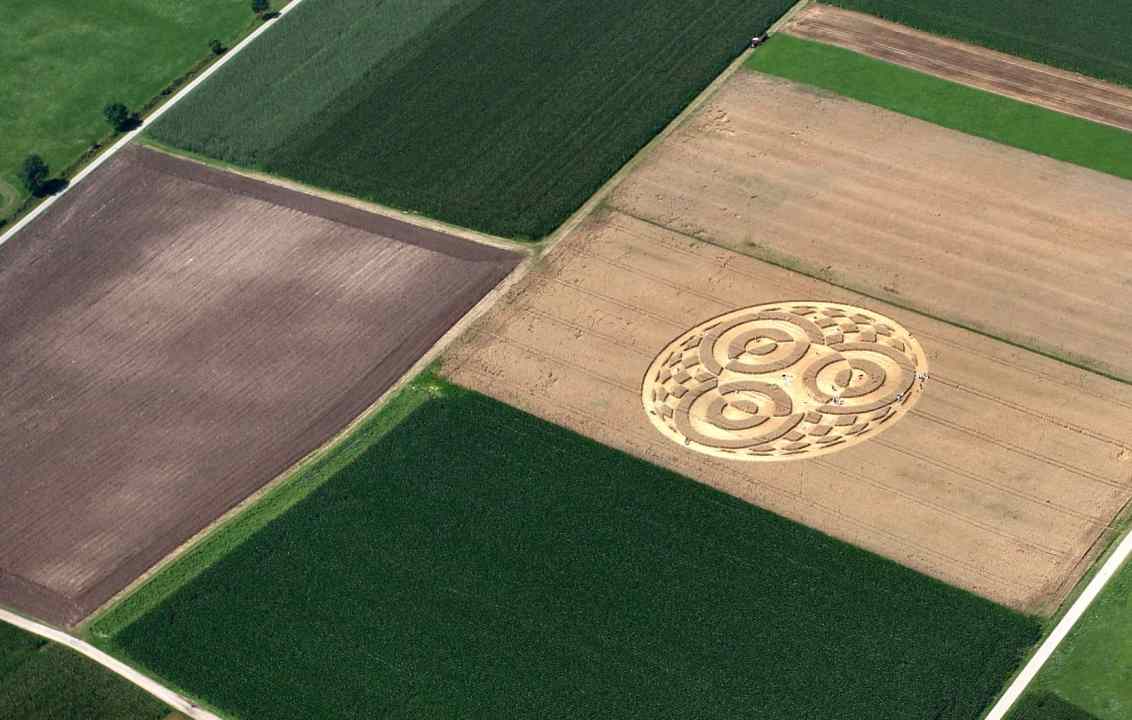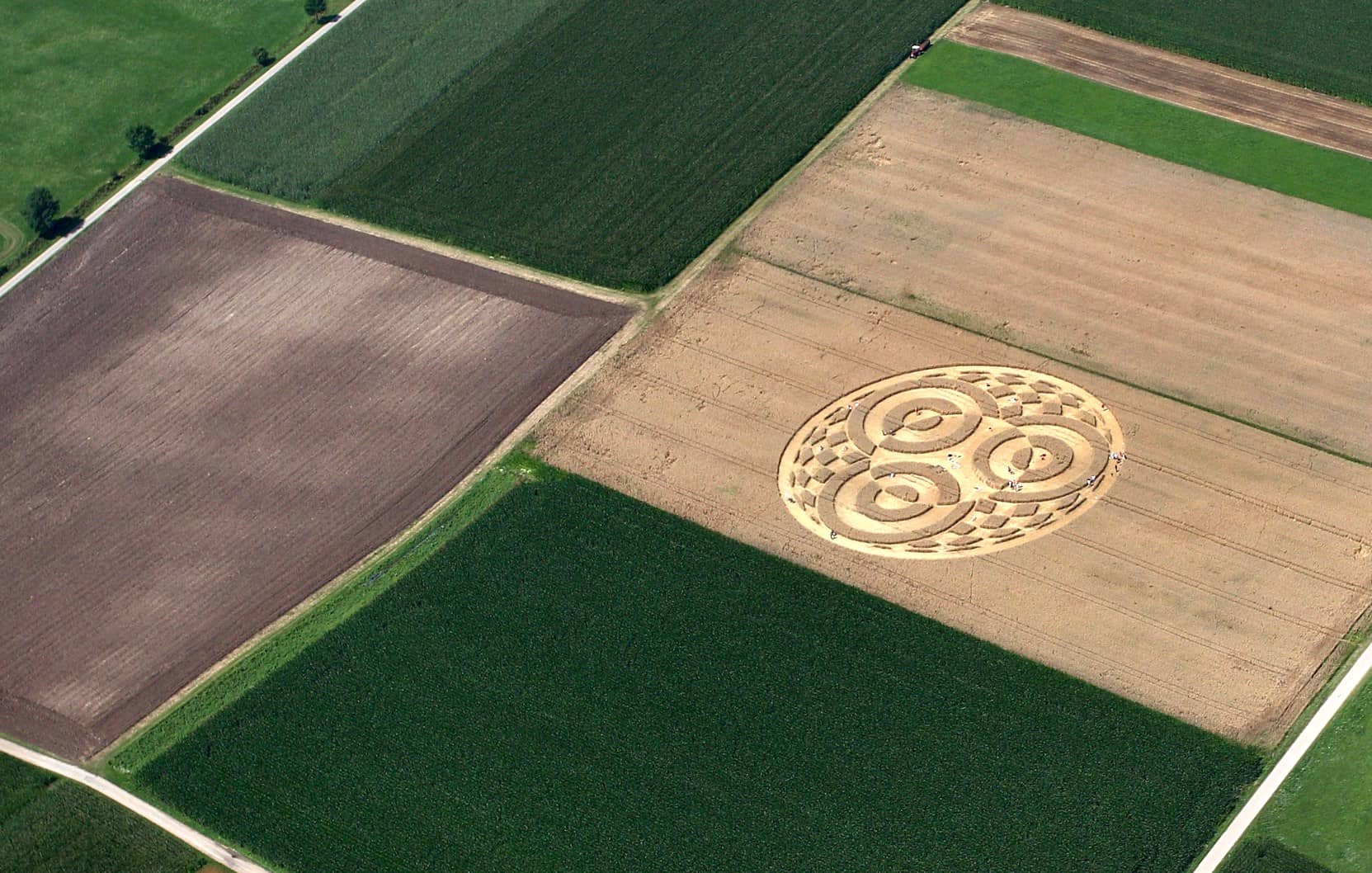The Perfect Golden Circle is ostensibly about male friendship. Two men, flotsam of the 1980s – Calvert, a Falklands veteran, and Redbone, a failed punk musician – tramp across the English countryside in 1989 making crop circles. ‘Redburn sees life as a thrilling continuum, Calvert considers it a conundrum that can never be solved, only endured.’ How these outcasts met, or what drew them to each other apart from poor personal hygiene, is never made clear. Like two feral Hobbits, they rattle about the dystopian and degraded shires of an England in the death throes of the Thatcher era, making ever more elaborate crop circles.
The reader is informed, not infrequently, that Calvert suffered trauma during the Falklands war. But because so little is shown, the nature of his psychic wounds remains opaque, and it’s impossible to work out why he happened upon making crop circles as his particular form of non-verbal repetition to alleviate his symptoms. Redbone, the designer of the mathematical marks they leave on the land, is a drifter and drug addict, who cadges food and a place to sleep off a couple of women mentioned only in passing. His skill as the engineer of these elaborate patterns is implausible.
The time span of the novel – from early spring, through the hot, dry summer and into autumn – is punctuated by news-paper articles about the arrival of the crop circles, which grip the public imagination and spawn wild conspiracy theories about extraterrestrials. The first circle is reported in a local paper, the last in the New Yorker, which might well reflect the fantasy trajectory of any writer – or any mark-maker, come to that – of ultimate recognition.
It all reads a bit like a lockdown fever dream and there are flashes of intensely beautiful descriptions of the fast disappearing natural world. Why the men hang out together, or what has set them traipsing around fields on moonlit nights, is not made clear because neither is articulate. Theirs is ‘a friendship based on things largely left unseen and unsaid’. But they are not inarticulate in the illuminating ways in which Beckett’s tramps and misfits are, and so the result for this reader was one of intense irritation.
Men and their friendships can be so interesting, particularly now, when masculinities are under scrutiny. I would very much like to know what makes men do the things they do. The bond between these two – the why, the where, the how they met – is nowhere to be found, leaving an unsatisfying emotional lacuna at the heart of the book.







Comments